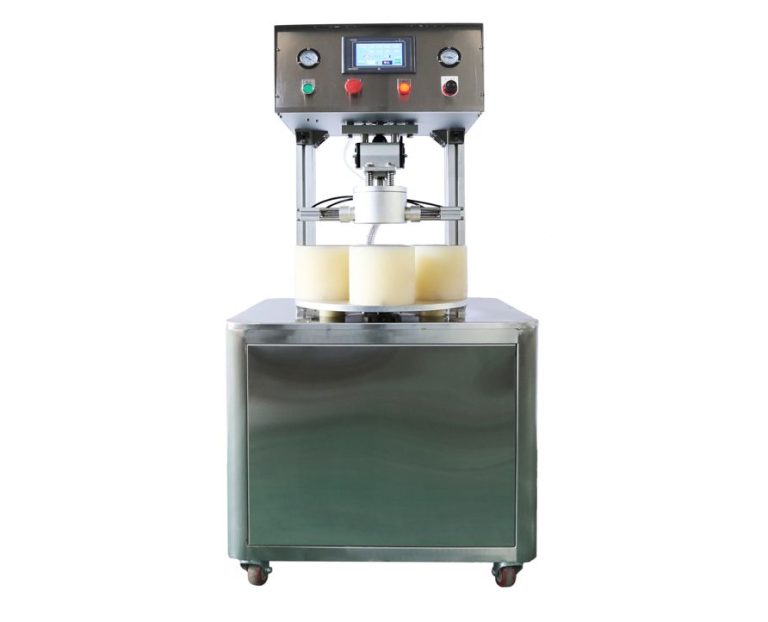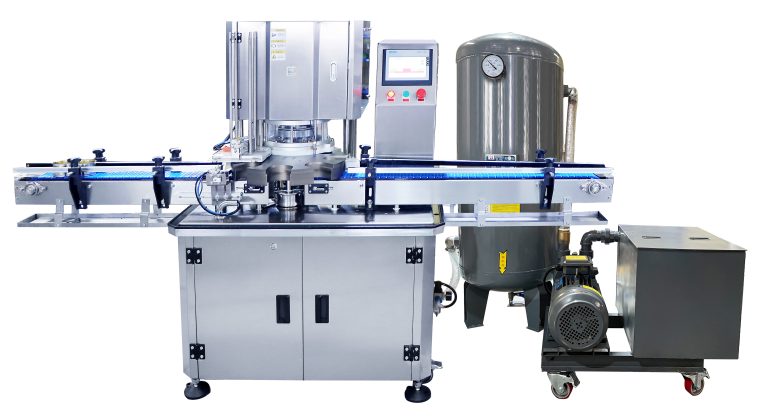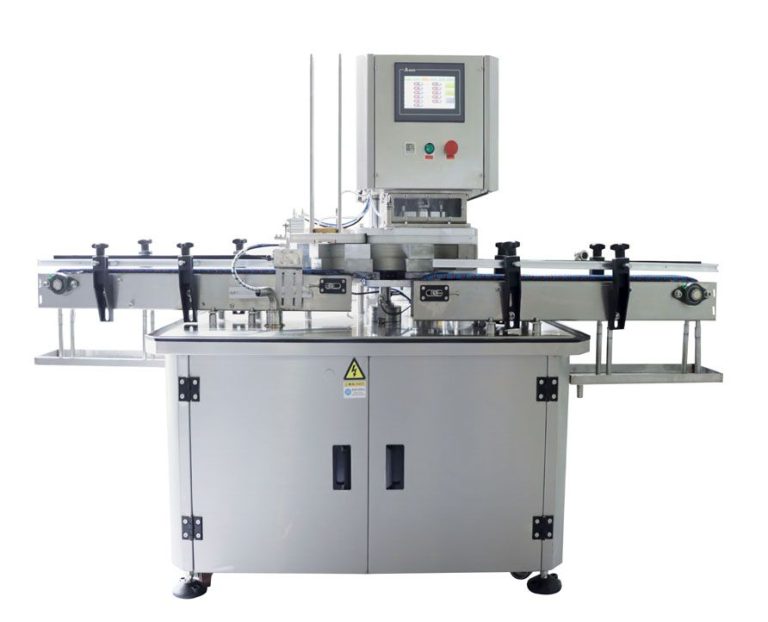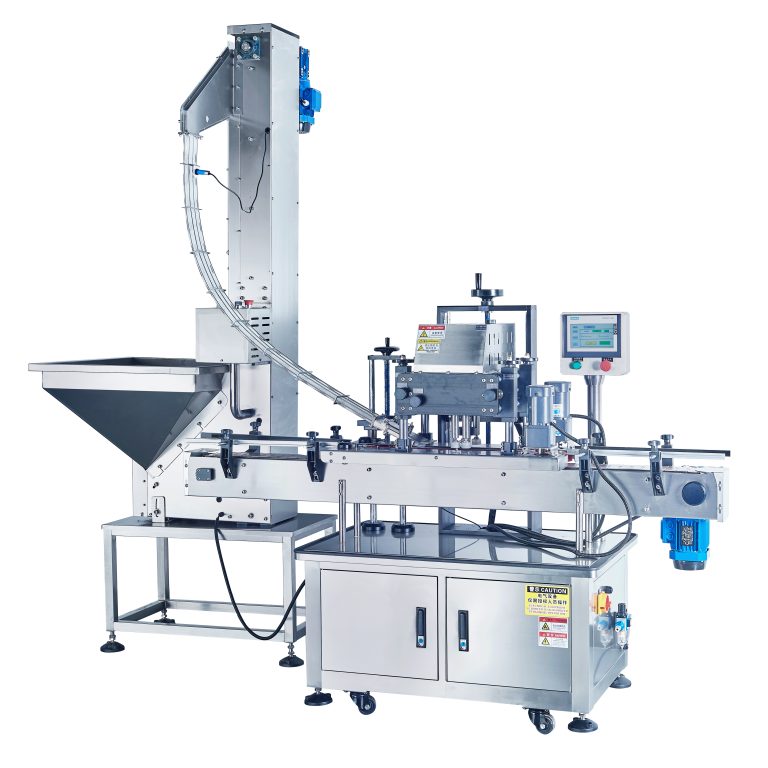Automating the Sauce Filling Process: A Step-by-Step Guide
Sauce filling is a crucial step in the food production process, whether you are manufacturing condiments, dressings, or marinades. Automating this process can help increase efficiency, reduce waste, and improve overall product quality. In this comprehensive guide, we will walk you through the steps involved in automating the sauce filling process.
The first step in automating the sauce filling process is to assess your current production line. Take note of the volume of sauce you are currently producing, the types of containers you are filling, and any bottlenecks or inefficiencies in your current process. This information will help you determine the type of equipment you will need to automate your sauce filling process effectively.
Next, you will need to invest in the right equipment for your production needs. This may include a sauce filling machine, conveyor belts, capping machines, and labeling equipment. It is essential to choose equipment that is compatible with the type of sauce you are filling and the containers you are using. Consider factors such as viscosity, particulate size, and container shape and size when selecting equipment.
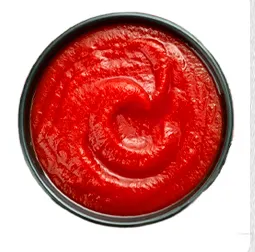
Once you have the necessary equipment in place, it is time to set up your automated sauce filling line. Start by calibrating your filling machine to ensure accurate and consistent fills. Adjust the speed of the conveyor belts to match the output of your filling machine and ensure a smooth flow of containers through the line. Test the capping and labeling equipment to ensure they are functioning correctly and producing the desired results.
As you begin running your automated sauce filling line, monitor the process closely to identify any issues or areas for improvement. Keep an eye on the fill levels, capping quality, and labeling accuracy to ensure that your products meet your quality standards. Make adjustments as needed to optimize the efficiency and effectiveness of your automated sauce filling process.
One of the key benefits of automating the sauce filling process is the ability to increase production capacity. With automated equipment, you can fill more containers in less time, allowing you to meet growing demand and expand your product offerings. Additionally, automation can help reduce labor costs and minimize the risk of human error, leading to a more consistent and reliable product.
In conclusion, automating the sauce filling process can bring numerous benefits to your food production operation. By investing in the right equipment, setting up an efficient production line, and monitoring the process closely, you can streamline your operations, increase production capacity, and improve product quality. Whether you are filling bottles, jars, or pouches, automating the sauce filling process is a smart investment that can help take your business to the next level.


